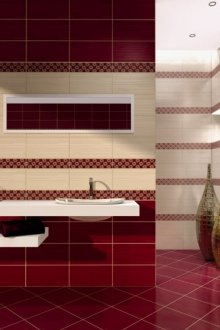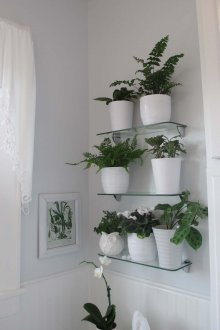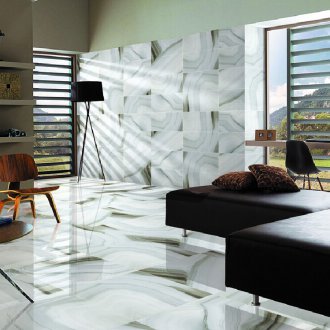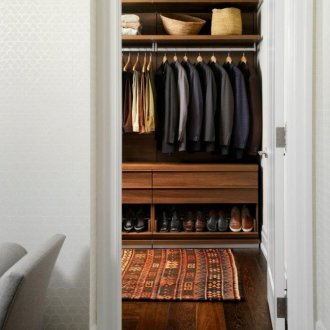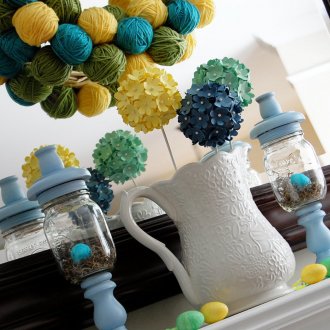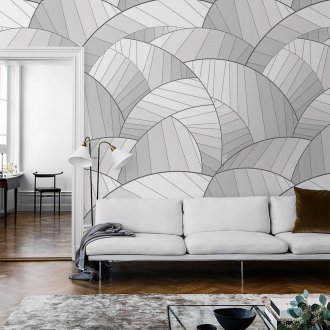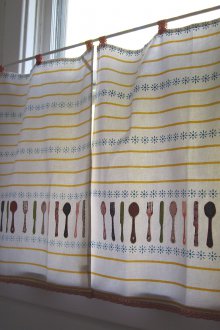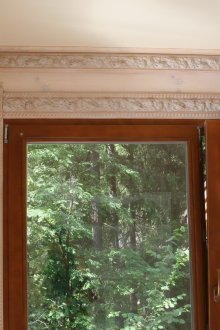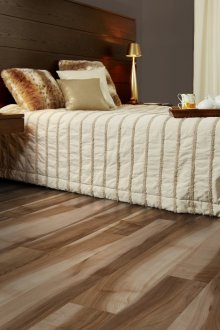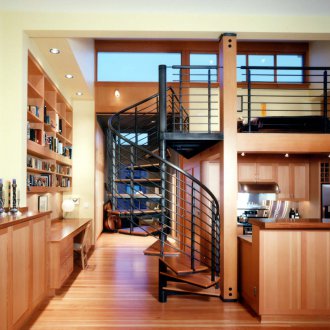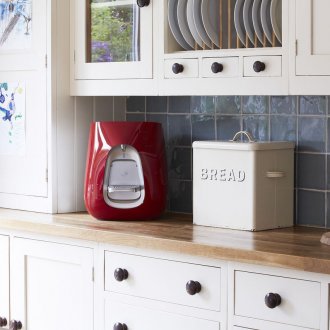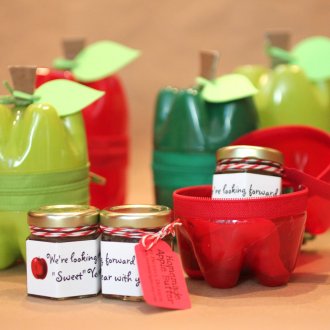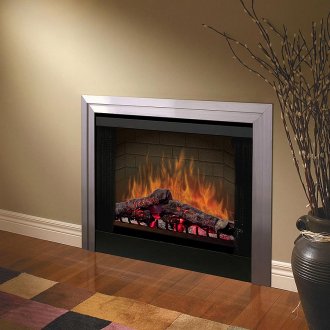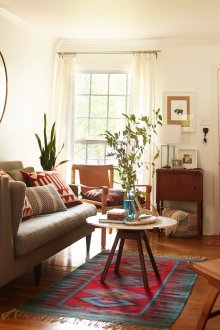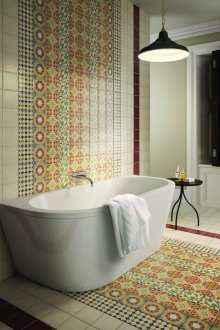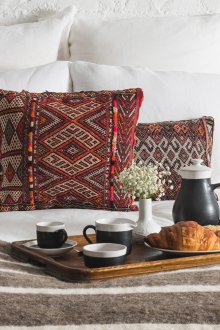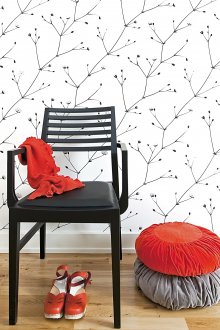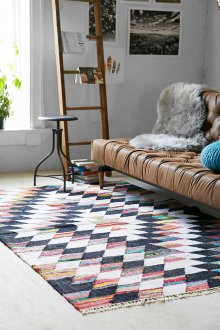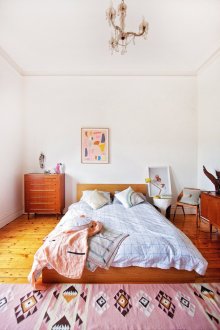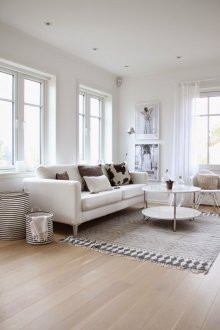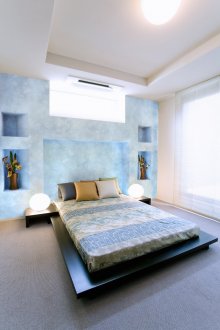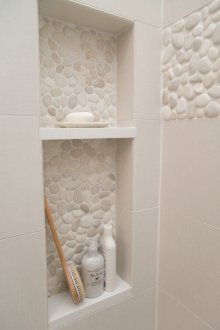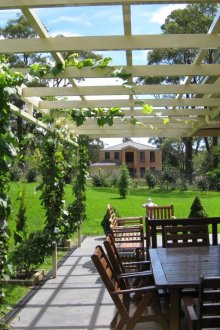Kilim - a carpet with a rich history (29 photos)
Content
Originally, this name unites a whole category of handmade products - incredibly popular smooth woven carpets. Their highlight is the possibility of two-sided use: when one surface wears out, the carpet is turned over and it again looks like new. Products are attracted by their exclusive performance, colorfulness, practicality and the ability to use even those who suffer from allergies (especially if you pay attention to analogues made of synthetic yarn).
Operational Advantages of Lint-Free Carpets
Outdoor decoration is actively used to decorate country houses and standard apartments, with its help you can organize harmonious zoning of rooms. The choice is extremely wide, there are traditionally oriental models with plant-animal ornaments and European-style laconic or even plain. All of them are united by the following significant advantages:
- the cost of products varies over a wide range and depends on the composition, size and performance characteristics;
- simplicity of leaving - in comparison with simple carpets on a lint-free surface dust accumulates less, pollution is not eaten up;
- artificial kilim is hypoallergenic; it can be fearlessly laid in a children's room;
- lack of pile contributes to the special practicality of carpets - they are easy to clean, can be used in any dry room, they are not deformed during operation;
- a variety of designs and shades, a rich assortment allow you to flexibly use products to solve style interior tasks.
Appearance story
The carpet manufacturing technology originated in Ancient Persia, now it is the territory of Iran. The first mention of such an eastern flooring is over 2.5 thousand years old, and to this day the kilim carpet, created 2 thousand years ago, has been preserved, it was found in the middle of the last century by Russian archaeologists in Siberia. This woolen cloth contains images of animals; it can be seen in the Hermitage collection.
Kilims spread from Persia to the entire territory of modern Europe, and now in the post-Soviet space, Ukrainian, Uzbek, Moldavian, Turkmen lint-free products are in demand.
From ancient times, these carpets were woven to meet domestic needs, so their ornaments echoed the life principles, traditions, religion and fears of ordinary people. In particular, kilims served as amulets if they depicted totem animals or insects - bears, for example, or scorpions.
Types of Key Materials
The most common kilims made of wool, they cover carpets and walls, in addition to the aesthetic load, they additionally insulate the room. There are patterns from cotton, Persian silk carpets, semi-silk, linen or hemp (the last two varieties have a rougher texture, nevertheless they are in demand in the hot southern regions). Of the synthetic ones, nylon, acrylic, viscose should be distinguished - excellent wear-resistant specimens that do not cause allergic reactions. They are cheaper than natural analogs, but externally and in tactile characteristics they are in no way inferior to them.
The introduction of ancient technologies
Despite the unrestrained progress of the industry in question, the manufacturing methods that had developed in ancient times remained almost unchanged. Weaving carpets on horizontal and vertical looms. The latter look like strong wooden frames, on which the warp threads are stretched. These devices significantly facilitate the manual work of masters, they work out drawings and colors more clearly along the lines, resulting in picturesque products with floral patterns, intricate floral ornaments. In France, millers, trellises, tapestries were woven on similar machines.
In turn, semi-mechanical and mechanical horizontal devices are intended for the manufacture of carpets with geometric patterns.
Modern variations under the general name
Due to the spread of the technologies under consideration in the Ukrainian language, a new interpretation of the word “kilim” appeared - it is a pile or smooth, woven or printed woven carpet with a Persian or Ukrainian national pattern. In Russia, it is often called Ukrainian bilateral smooth products decorated in traditional folk style that are called kilims. It got to the point that this name was rooted in the professional environment among Russians.
Possibilities of using kilims
As mentioned above, a kilim carpet can be an excellent thermal insulation addition to a floor or wall. Its use is not accompanied by additional chores, so it is preferred by those who do not like bare floors, but are not ready to put up with the shortcomings of products with a pile. Bilateral models can become the highlight of the interior - they are bright, original, in most cases do not have exact copies (they are not accepted to be duplicated).
Fragments of kilim become the basis for the manufacture of original women's jewelry and accessories, they successfully decorate outerwear. Strong ethnic bags and bags are sewn from thin carpets, which can be successfully combined with other items of a modern urban wardrobe.
Double-sided Care Features
Often, a lint-free carpet is used to decorate the floor in the kitchen, and here in conditions of intensive use, cleaning kilim becomes a frequent occurrence. The profile market offers an extensive range of cleaning products designed for processing and gentle cleaning of this particular category of products, therefore it can be stated with confidence that there will be no difficulties with care, but you need to remember that you can not:
- use aggressive chemicals for analogues from a natural base:
- rinse the carpet with hot water;
- apply brushes with hard artificial pile;
- leave spots for later, that is, do not remove them immediately when they occur.
If coffee has been spilled on the coating, moisture is collected with a soft cloth, and further cleaning of the kilim consists in washing the soiled area with a soft brush with a small amount of shampoo. If the stain has managed to dry, glycerin should be rubbed into it overnight and removed in the morning with a mild soap solution. Blood, as in the case of clothes, is taken out with the help of cold water: the problem area is covered with a pretty wet cloth, which gradually absorbs the pollutant. After a few hours, the coating is treated with a soft brush.
When pets live in the house, even a lint-free carpet will collect wool over time. In this case, the coating is first thoroughly cleaned with a vacuum cleaner, and then it must be manually treated with a sticky roller or pieces of adhesive tape - this base perfectly removes wool residues and other small contaminants from any surface.
Long service life and manual work are key advantages of kilim. If quality material was taken as the basis, the product will retain its original structure and brightness of colors for more than half a century, the main thing is to protect it from excessive humidity and direct sunlight.

